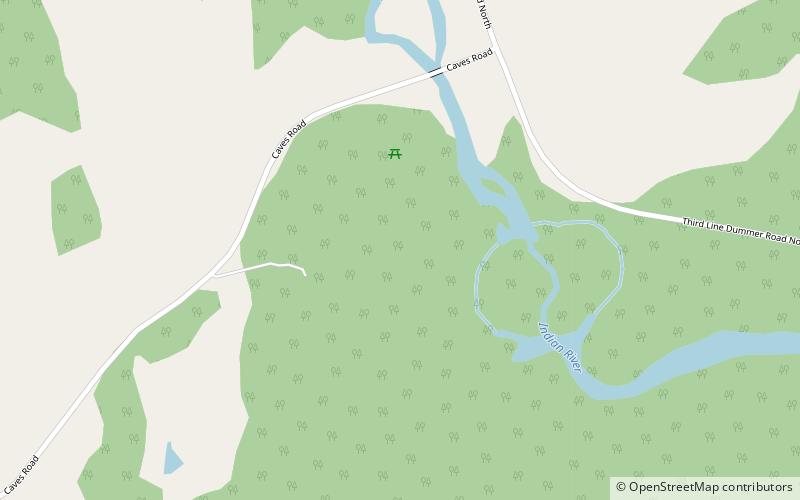Warsaw Caves


Facts and practical information
Tucked away in the rural landscapes of Ontario, Canada, the Warsaw Caves are a natural wonder and a spelunker's paradise. These limestone caves, formed thousands of years ago during the last ice age, offer a glimpse into the geological past of the region. Visitors to the Warsaw Caves Conservation Area can explore seven main caves, each with its unique features and challenges.
The caves were sculpted by the melting waters of retreating glaciers, which carved out the soft limestone to create the intricate passageways and caverns that we see today. The largest and most famous of these is known as the "Bear Cave," named for the bear bones that were found within, suggesting it was once a hibernation site for these majestic creatures.
Adventurers and families alike are drawn to the Warsaw Caves for its exceptional spelunking opportunities. The caves vary in difficulty, with some requiring crawling through tight spaces, while others are more accessible. Enthusiasts can navigate the subterranean network, marveling at the stalactites, stalagmites, and fossils embedded in the rock.
Above ground, the conservation area spans over 525 acres, encompassing hiking trails, a meandering river perfect for canoeing, and picturesque picnic spots. The area's diverse ecosystem is also a draw for nature lovers, hosting an array of wildlife and plant species.
Safety is a key consideration when exploring the Warsaw Caves. Visitors are advised to wear appropriate footwear, bring flashlights, and follow marked routes. The caves are typically open to the public from May to October, with guided tours available to provide insights into the geological and historical significance of the caves.
